 Written by Heather Collins, MSN, RN, CNOR
Written by Heather Collins, MSN, RN, CNOR
Whether for yourself, a loved one, or a patient, a sit-to-stand lift has significant benefits. It preserves dignity, enhances safety, and promotes independence. Standing lifts assist individuals with limited mobility in transitioning from sitting to standing positions and vice versa.
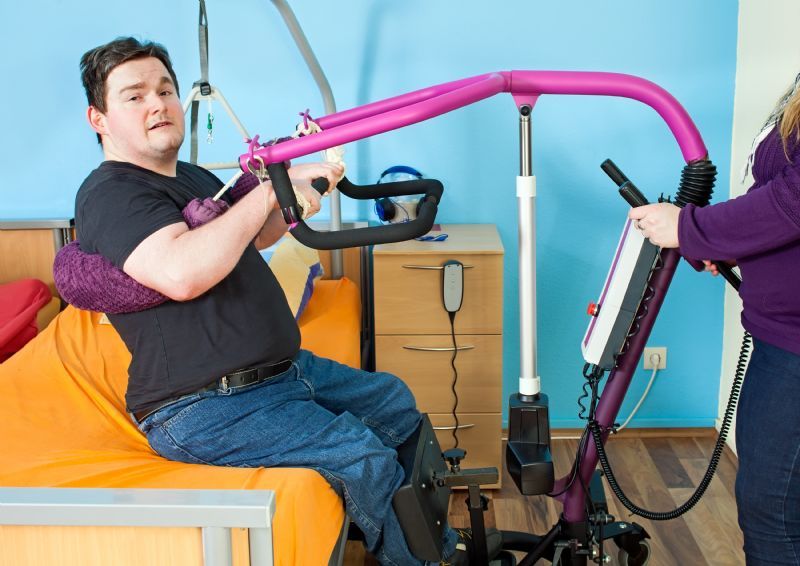
Standing lifts are vital in scenarios such as moving a patient from a bed to a bath, a chair to a stretcher, or even to and from a wheelchair. They are integral in our practice and in healthcare settings, including hospitals, nursing homes, and private homes, where individuals require assistance with these transfers. They help reduce the risk of injuries to patients and caregivers during these movements.
Standing lifts assist individuals challenged with transitioning from sitting to standing position. They are useful for people with various medical conditions affecting mobility. Sit-to-stand lifts are useful, but not for every patient. We recommend patients using the lift be cooperative, able to sit with no support, and able to use their leg muscles, but may need extra support in getting up. We recommend a total body lift if the previous statement is not true for your patient. Bariatric patients can also use specialized lifts designed to support higher weight capacities.
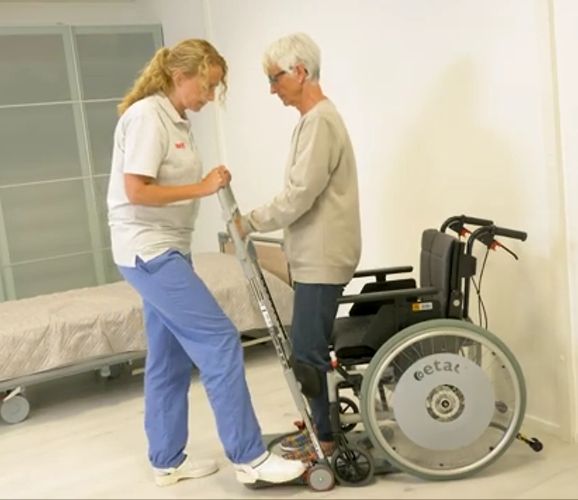
The lift works by securely holding the patient in the sling and using the mechanical system to raise or lower them to the desired position, whether standing, sitting, or lying down.
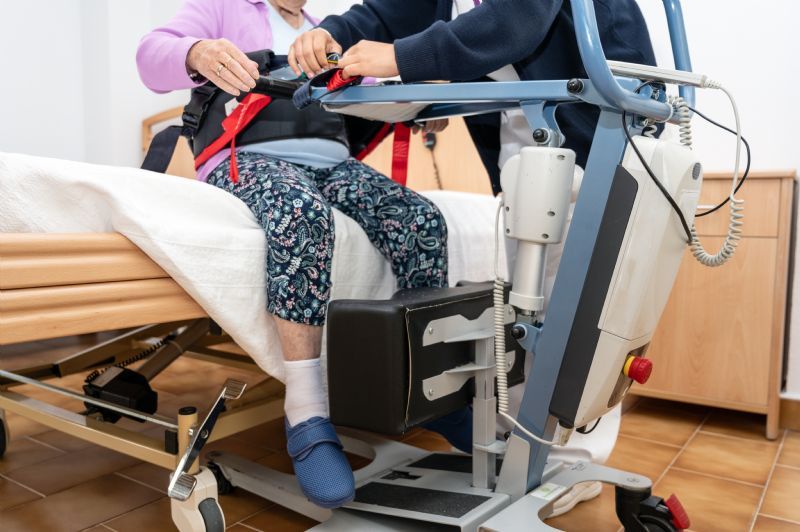
We encourage buyers, whether family caregivers or healthcare professionals, to do thorough research before purchasing a medical lift. Choosing the wrong type of medical lift or not understanding its proper use can lead to injuries for both the caregiver and the patient.
This part of the lift holds the patient. The sling attaches to the lift and is designed to support the individual securely and comfortably during the transfer process.
These include the motor and the lifting mechanism. In powered lifts, the motor operates the lifting mechanism, which raises and lowers the sling with the patient. Manual models use hydraulics for this purpose.
These components extend over the patient and attach the sling. They play a crucial role in maintaining the balance and stability of the patient during lifting.
These provide a stable platform for individuals to place their feet on while being transferred.
When considering standing lifts, paying attention to their weight capacity is essential. Most standard standing lifts have a weight capacity ranging from 250 to 400 pounds. However, bariatric standing lifts are a suitable option if a higher weight capacity is needed. These lifts are specifically designed for bariatric patients and typically have a weight capacity between 500 and 850 pounds, with some models even supporting up to 1,000 pounds.

There are many varieties of lifts, each with a specific weight based on its design. At home, lighter lifts are preferable for easier maneuverability by civilian caregivers, especially in smaller spaces. However, these may have lower weight capacities and less durability.
In contrast, medical facilities can accommodate heavier lifts, which are often more durable and have higher weight capacities, suitable for frequent use by trained professionals. While these heavier lifts offer advanced features, their size may limit their use in confined spaces.
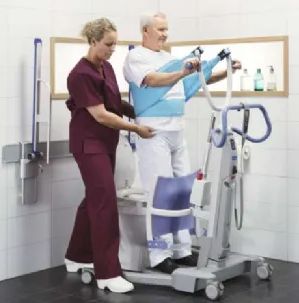
Sit-to-stand lifts are essential for assisting individuals with limited mobility, such as elderly loved ones or patients. These lifts not only aid in safely changing positions but also facilitate muscle exercise, which is vital for those who might otherwise remain stationary. They offer a secure and effective way to enhance mobility, allowing for increased interaction and engagement with others.
A manual lift is a type of patient lift that is operated by hand, often using a hydraulic mechanism. Unlike electric lifts, they do not require a power source such as electricity or batteries. The caregiver uses a hand pump or similar device to raise and lower the patient.
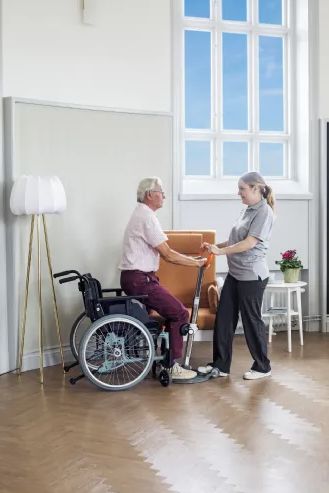
A powered lift is a type of patient lift that operates on electrical power. This lift uses a motor to raise and lower the patient, typically controlled by a handheld remote or panel.
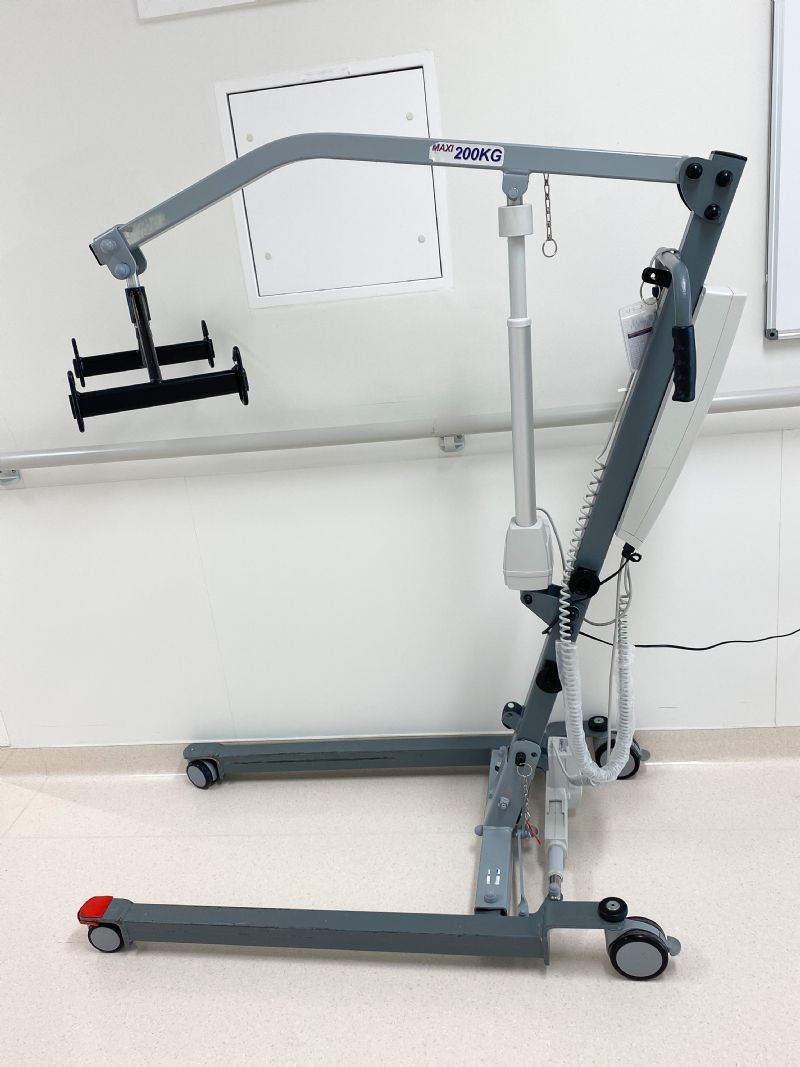
Given the diversity of designs, capabilities, and features in standing lifts, it likely comes as no surprise that the selection of these products we offer is as assorted as it is large. The lifts are produced by trusted and reliable medical equipment manufacturers such as ArjoHuntleigh, BestCare, and Molift.
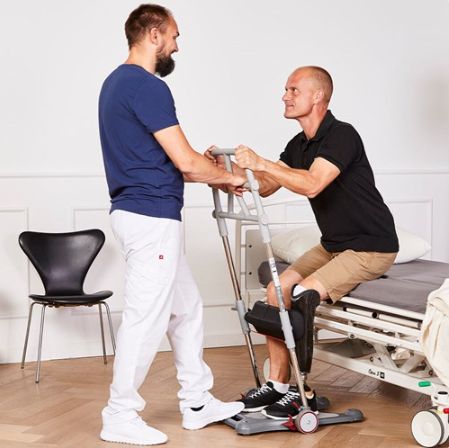
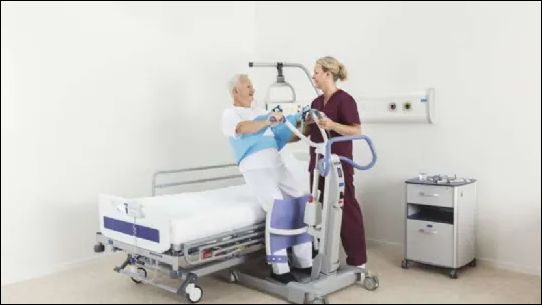
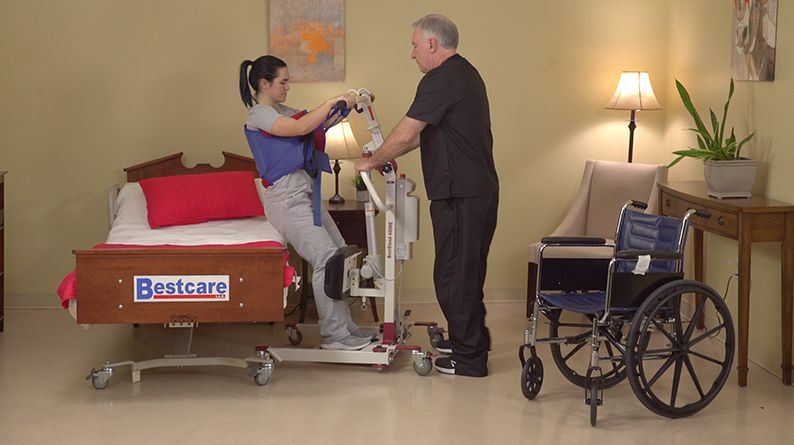
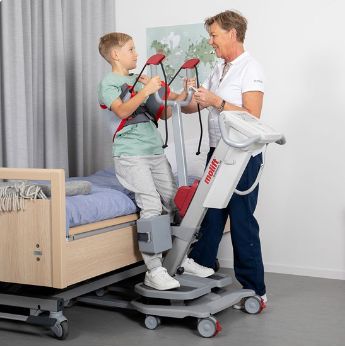
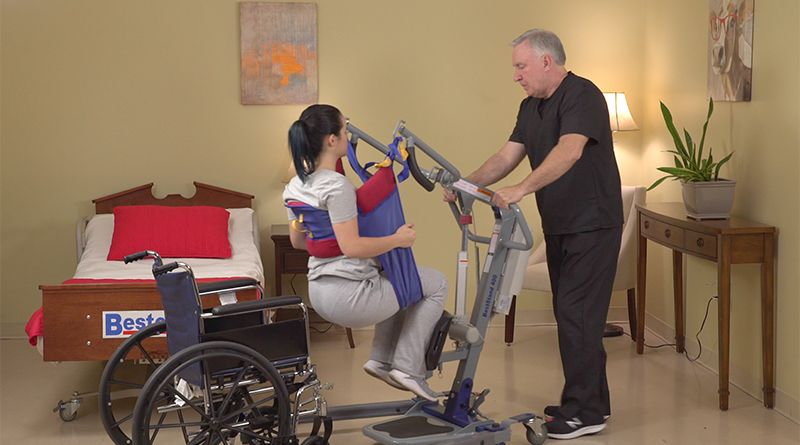
Selecting the right sit-to-stand lift is a decision that encompasses various factors, considering both the user's specific needs and the caregiver's capabilities. Today's technological advancements and design innovations offer a wide array of options, catering to diverse requirements and preferences.
When choosing a lift, it is important to assess features like weight capacity, manual or powered operation, and additional safety and comfort options. We believe each choice is critical in ensuring safety, enhancing quality of life, and promoting independence for those with mobility challenges.
For a comprehensive understanding of the available options, explore our full catalog of and visit us at Caregiver University!

Heather Collins, MSN, RN, CNOR
Heather is a registered nurse and freelance health writer with a Master's degree and over 24 years of nursing and leadership experience. Heather cares for patients of all ages in various healthcare settings, including inpatient acute care nursing, GI procedural nursing, cardiac lab, infertility clinics, pediatrics, and surgical services. Heather is dedicated to providing high-quality care and sharing reliable, evidence-based information that empowers people to make informed decisions about their and their loved ones' health.